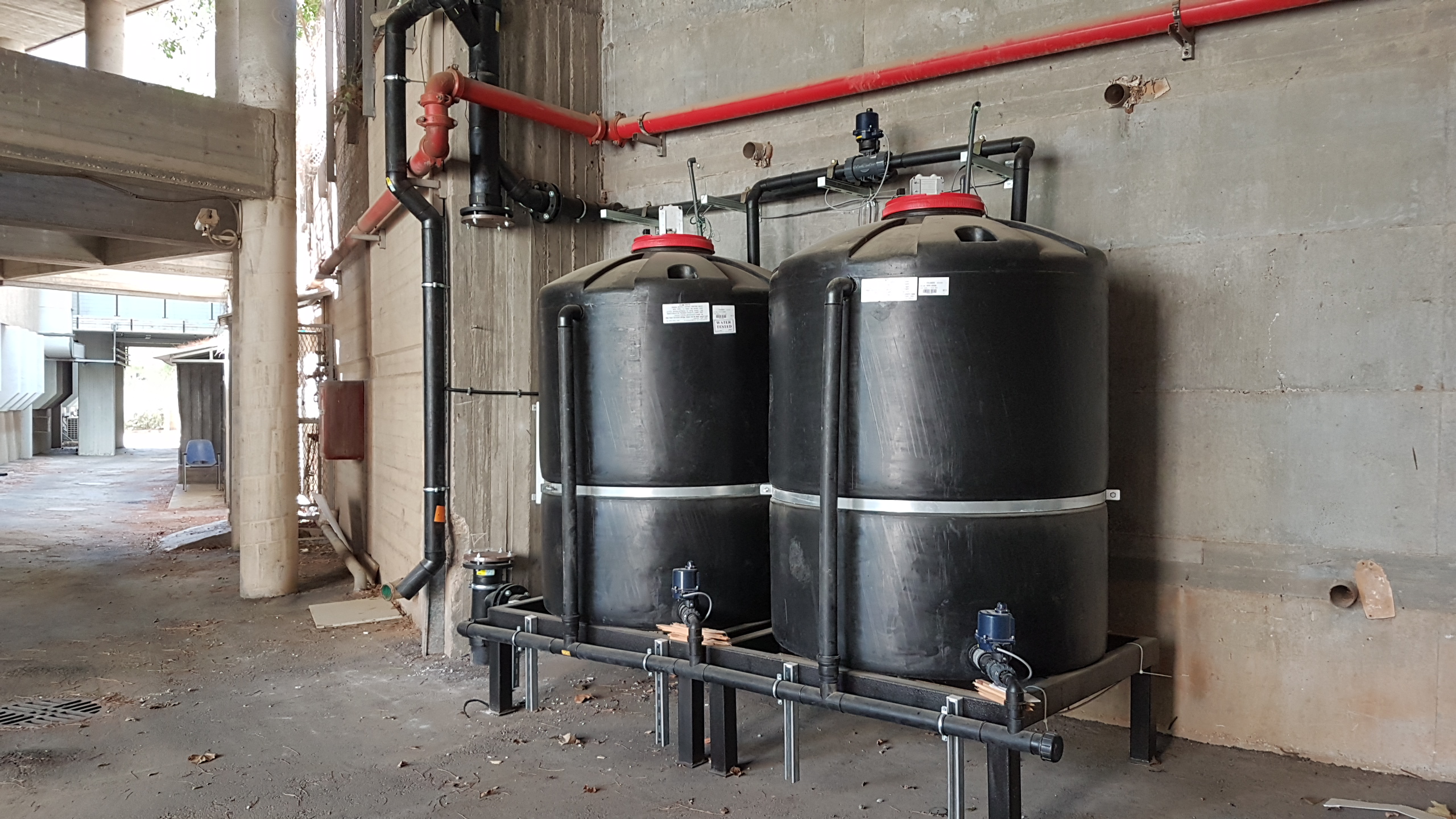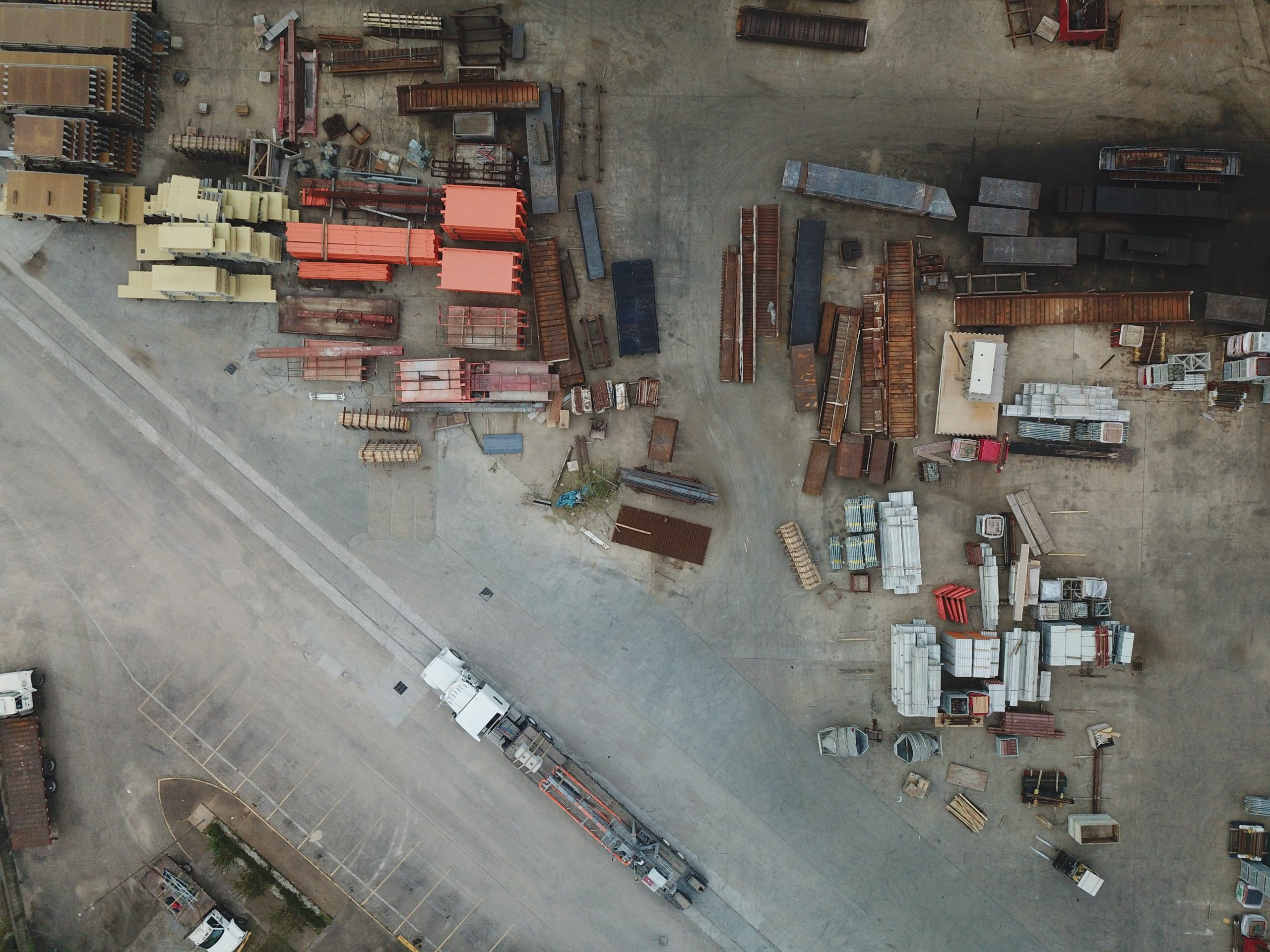Storms ahead for Israel
February 24, 2020The wild weather that hit Israel in the early days of 2020 is indicative of a trend that is becoming increasingly acute due to the climate crisis, so how are the country, its cities, and the insurance industry coping with the alarming outlook for the coming decades?
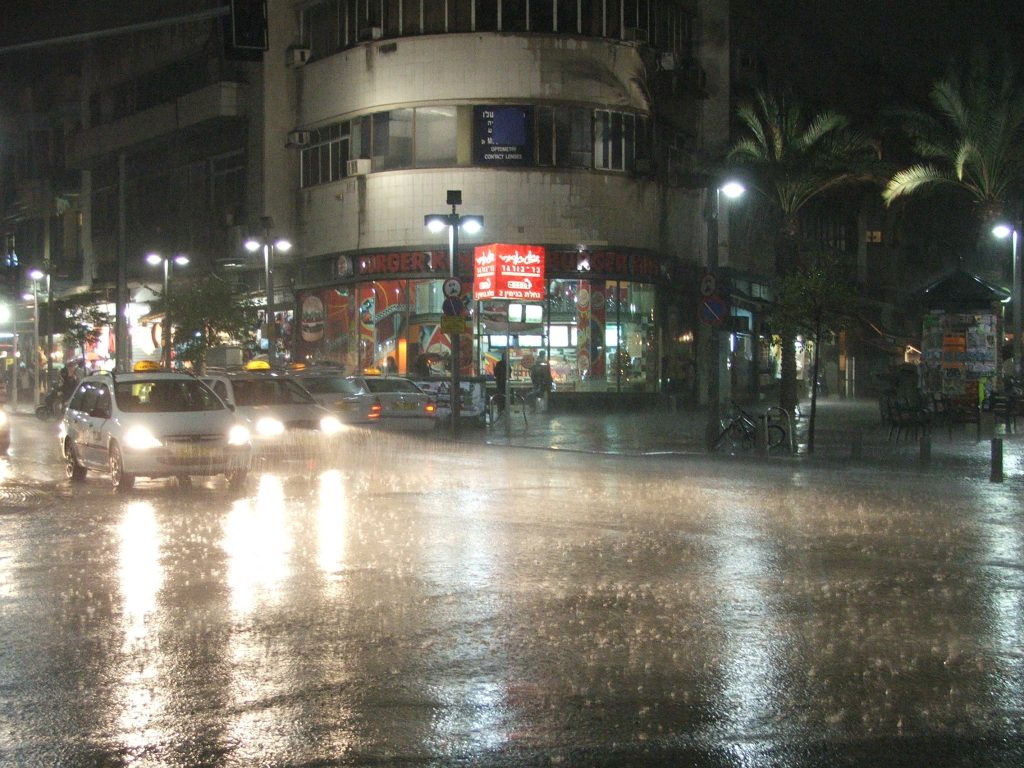
The first days of 2020 not only brought Israel colder weather but torrential rainfall, unlike anything the country had experienced in many years. In early January, the amount of precipitation reached an unprecedented high. Vast parts of the country, especially in the coastal plain, including Tel Aviv, were severely flooded.
Streets and buildings were underwater, which led to the deaths of five people; Dean Shoshani and Stav Harari, a young couple in their 20s drowned in a flooded elevator; Ali Agbaria and Eran Herrenstadt were swept away by the floods while in their vehicles; and Moti Ben Shabbat, who died in an attempt to rescue people from their car which was flipped over by the surges in the city of Naharyia.
“The rain that occurred on Saturday, January 4th was the most severe rainfall event on record in all of Tel Aviv since recording began in 1940,” said Avner Forshpan, director of the Meteorological Service’s Climate Department.
According to the Metrological Service, the Tel Aviv weather station measured 108 millimeters of rain on that Saturday. Mikveh Israel, a boarding school in the south of Tel Aviv near the city of Holon, measured 115 millimeters.
“In only a few hours, about 20 percent of the annual rainfall precipitated upon the city,” reports the Tel Aviv-Jaffa municipality.

Drought, rainfall, fires and cold
“As the world keeps warming, the likelihood of extreme weather events, or more severe ones, is increasing. This is not just a statistical issue. It’s actually happening,” Forshpan said.
The impact of the climate crisis on extreme weather events in Israel manifests itself in a number of ways. One of which was less prevalent in early January, but will become increasingly more relevant today – a reduction in rainfall.
“We will have shorter winters, longer intervals between rainfall events, less rainy days and probably less rainfall – in general, a trend of some desertification is expected,” says Dr. Baruch Ziv, a climate researcher at the Department of Natural and Life Sciences at the Open University.
This desertification is occurring because the climate crisis is causing global deserts to expand and spread farther from the equator towards more temperate regions such as Israel.
“As the desert is expanding from the south towards the center of Israel, the winter season is getting shorter. A reduction in rainy days has already been observed,” says Ziv.
However, despite estimates forecasting a reduction in total precipitation, rainfall events themselves are likely to intensify. This is because the amount of rain is affected by the amount of water in the air, and warmer air can hold more water.
“When air passes over the sea on its way to Israel, it can absorb more water vapor because it is warmer. Once the water is released in the form of rain, it automatically rains in larger quantities,” Ziv emphasizes.
The global rise in temperature also increases the risk of fires, as it prolongs the fall at the expense of the winter months.
During fall, the risk of fires in Israel rises substantially, as the amount of rainfall is still low, but strong easterly winds bring very dry air.
“These dry conditions also make the vegetation drier, as part of a natural process of dealing with distress. That is why they are becoming a more combustible material, and fires can gain momentum. The fires currently raging in Australia are a particularly extreme example of the impact of such dryness,” says Ziv.
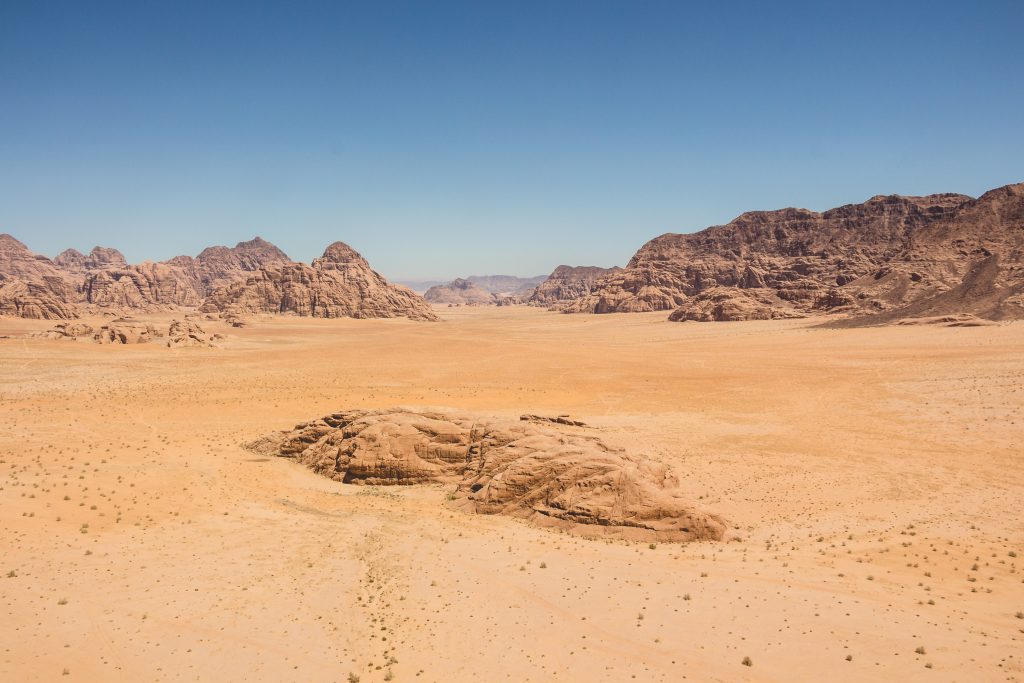
The outlook: an increase in the insurance premium
Extreme weather events harm people, but also property, which is expected to affect insurance rates in Israel and around the world. The increase and intensification of extreme weather events are expected to become a burden for insurance companies, policyholders, and the economy at large.
The insurance industry is a major sector of the Israeli economy. In 2018, insurance premiums accounted for about five percent of the country’s gross domestic product (GDP).
Extreme weather events can cause widespread damage to people and property. For example, the damages caused by the rain in early January, for instance, are estimated to cost hundreds of millions of shekels. Such damages have led to claims against insurance companies, which, in turn, will increase their expenses. Therefore, in order for insurance companies to remain profitable, they are expected to raise their premiums.
According to a recent study in the journal “Ecology and the Environment,” the estimated rise in temperatures in Israel will increase insurance industry spending by 4.5 – 9 percent by 2050.
This effect is more pronounced in the life insurance sector (as it is a broad, rapidly growing area and the level of uncertainty of climate change impact is high), but also dominant in property insurance.
Accordingly, insurance costs for policyholders are expected to increase by about 3 percent by 2050.

Cities are self-made
In early 2019, the government approved the State of Israel’s National Climate Change Preparedness Program after nine years of research and writing.
The program focuses on five main objectives: reducing human and property vulnerability, building economic resilience, increasing the durability of natural systems, building and updating scientific knowledge base for decision making, educating, raising awareness, and access to knowledge, and integrating Israel into the global effort in accordance with its commitment and promoting regional and international collaborations.
The program will be curated by a large inter-ministerial committee chaired by the director of the Ministry of the Environment, and will include 30 action plans, the responsibility of which will be implemented by several government ministries and bodies.
However, it should be noted that when the plan was approved by the government, no dedicated budget was allocated for its implementation. The first periodic report on Israel’s climate change preparations is currently underway.
In addition, a strategy for the required activity and plan for the coming years is being formulated.
“There are many challenges that the State of Israel must face and they include economic, social, and environmental threats that require wide-ranging and long-term preparation by the various government ministries,” says Alon Zasek, Deputy Director of Natural Resources at the Ministry of Environmental Protection.
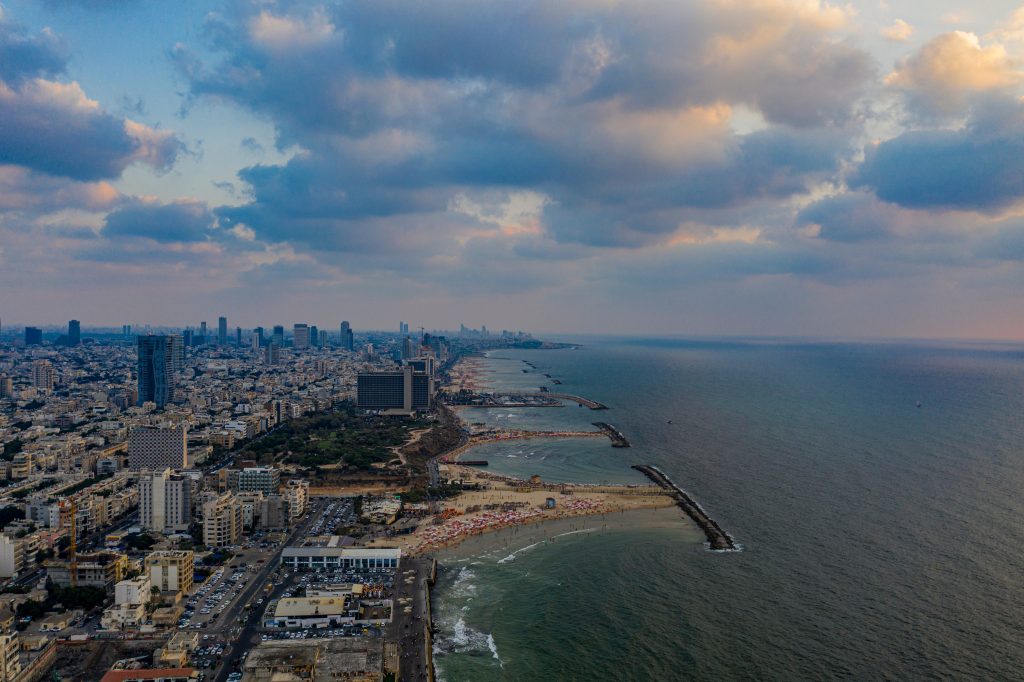
“During the past year, the Climate Change Preparedness Administration met twice to prepare a national strategic plan and to formulate a work platform that includes coordination and collaboration.”
As a result of the Administration’s work, future climatic trends in Israel were mapped out, and possible scenarios were published by the Meteorological Service. These works will be presented at the next national executive meeting.”
The need to prepare for the climate crisis is relevant not only to countries but also to cities. Cities are facing unique challenges, such as the danger of flooding on account of extensive built-up areas in which rain accumulates, higher temperatures than in open, rural spaces (a phenomenon known as the “urban heat island”), and higher vulnerability to sea level rise in the many coastal cities.
Local authorities have a lot of power in various areas that affect the daily lives of their residents, which they can use to protect them from the effects of the climate crisis.
Municipal plans to tackle various aspects of climate change have already been approved in cities such as Copenhagen, New York, and Boston. Recently Tel Aviv has also approved a plan to reduce greenhouse gas emissions, transfer public buildings to renewable energy, and reduce landfill waste.
In Israel, the only city that has published a document on this issue, so far, is Tel Aviv.
This document lists various initiatives, such as making climate forecasts for 2020, 2050, and 2080 and implementing an energy supply venture in the event of a power grid outage.
Today there is no doubt that immediate action is needed to combat the climate crisis. According to researchers, beyond the many important steps that government agencies need to take, the actions of each and every one of us have great weight. “As citizens, we have a unique opportunity to do something to influence, and prepare for the climate crisis,” he said. “I personally try to reduce meat consumption, save water, not take bags in the supermarket and more. It’s easy, it’s possible, it’s worthwhile,” he concluded.
This ZAVIT article was also published in Ynetnews on 02/07/2020.
